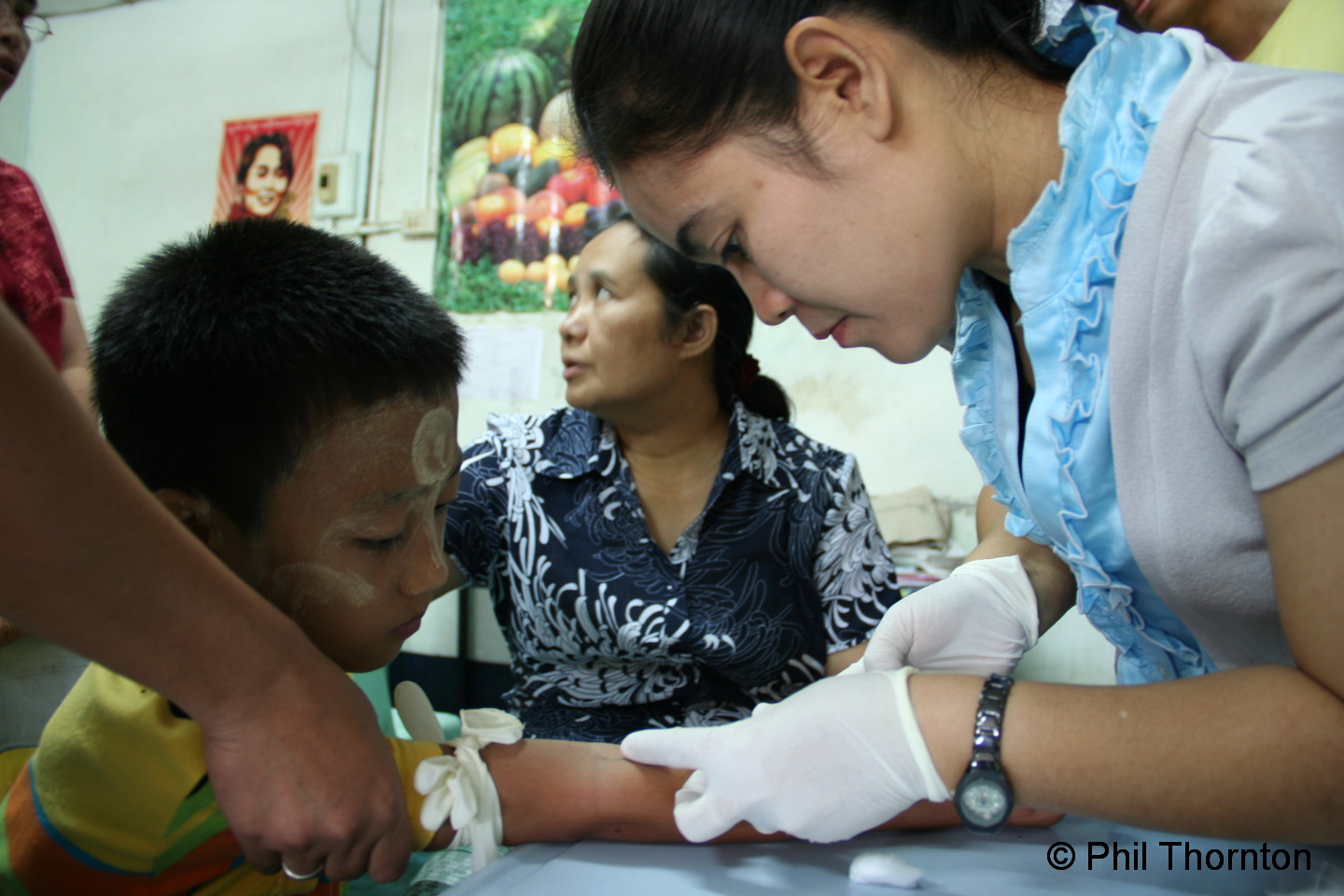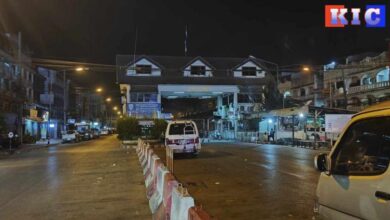Australian Govt Cuts Dr Cynthia’s Funding

Australian government aid money that has helped save the lives of thousands of people from Burma coming to Mae Tao Clinic, on the Thai-Burma border for critical treatment, is to stop.
APHEDA the Australian Trade Union overseas aid provider estimates that as many 45,000 people coming to Mae Tao Clinic have received critical medical treatment this year alone from Australian government aid.
The Australian Government has said that it will not continue to fund Mae Tao Clinic the Aus$450,000 it now gives beyond December 2013, as the government’s priority is now to prepare Burmese refugees for repatriation, conditions permitting.
Karen News is led to understand from Australian government documents that the Mae Tao Clinic’s proposal for partially funding was not successful as it did not match the objectives of [the Australian government’s] new focus.
In 2011 the Burma government introduced a number of reforms. Despite the reforms many of the people coming to Mae Tao Clinic cannot access or afford health care in their own country. Burma has the lowest expenditure on health care in South East Asia.
Despite Burma’s government increasing spending on health care in 2013, the rise brought healthcare spending to a paltry 3.9% of the country’s total budget.
Sam Carter, a health economist told Karen News that, “Burma is the only developing country in Southeast Asia where spending on the military is higher than combined spending on healthcare and education.”
Dr Cynthia pointed out to Karen News that it will be years before Burma’s under funded health infrastructure will be capable of properly treating its citizens.
“Burmese people are getting poorer. We are not only treating migrants and refugees, but people from the cities and from the other side of Burma need help. In my time here I have never seen the patient caseload decrease, and it won’t until there’s years and years of stability and security. The people of Burma will never give up they love for their country and their children. And our clinic, will never stop caring for them.”
Dr Cynthia told Karen News that her ever-increasing patient caseload is dictated by poverty, military oppression and the lack of human rights in Burma.
“One in twelve women in eastern Burma are at risk of death during pregnancy and birth. One in five children, will die before the age of five. These numbers are the shocking. 70% of deaths are caused by malaria, pneumonia and diarrhea that can be prevented by vaccine or by improving water sanitation or maternal nutrition.”
It is well documented and audited by international health organisations that the Mae Tao Clinic on the Thai-Burma border, founded by Dr Cynthia Maung, provides vital healthcare to more than 150,000 people from Burma every year – refugees, unemployed workers, the displaced, farmers and migrant workers.
Ironically, Dr Cynthia Maung, founder of Mae Tao Clinic, is in Sydney to receive the 2013 Sydney Peace Prize. On the Sydney Peace Foundation website a statement from the Sydney Peace Prize Jury’s citation reads: “Dr Maung: for her dedication to multi-ethnic democracy, human rights and the dignity of the poor and dispossessed, and for establishing health services for victims of conflict.”
Dr Maung, an ethnic Karen, fled Burma after the pro-democracy uprisings of 1988 that swept the country. In the military regime’s crackdown on the protestors it is estimated that 3,000 people were killed and many jailed.
In 1989 with help from foreign aid workers and Karen leaders, Dr. Cynthia opened a makeshift clinic to look after people caught up in the armed conflict in Burma or unable to afford or access health care in their own country.
Dr Cynthia expected to return home to Burma in three months – 24 years later she is still treating people at the Mae Tao Clinic on the Thai Burma border.
The Sydney Peace Foundation on its web site acknowledged that Dr Cynthia “has advanced the cause of peace in the AsiaPacific region and upheld the best humanitarian and ethical traditions of the medical profession.




